What fruits can I consume with diabetes?
What fruits can I consume with diabetes?
I believe this is a major concern for many diabetics, especially those with first-onset diabetes.
Of course it is definitely true that diabetics can eat fruits. Still, eating fruits for diabetics is different from the average person.
Most fruits are particularly high in sugar, which has an effect on blood sugar and can easily raise blood sugar. So for diabetics, eating fruits need to pay attention to the way and method, in terms of timing, time and the amount of choice.
①Timing:For diabetics, you should never eat fruit when your blood sugar is unstable or poorly controlled.
② Time:If your blood sugar is stable, you can eat fruit between meals. For example, around 10:00 am and 3:00 pm.
③Servings: Be sure to pay attention to the small amount, take the apple, control at a time in the ordinary apple 1/2 ~ 1/3.
Also be sure to monitor your blood sugar closely to see how it changes after eating the fruit, and whether or not your blood sugar will meet the standard? If the blood sugar does not reach the standard, you need to make further adjustments.
So diabetics can eat fruit, they just have to be selective about when, when and how much they use it, and they should monitor their blood sugar closely.
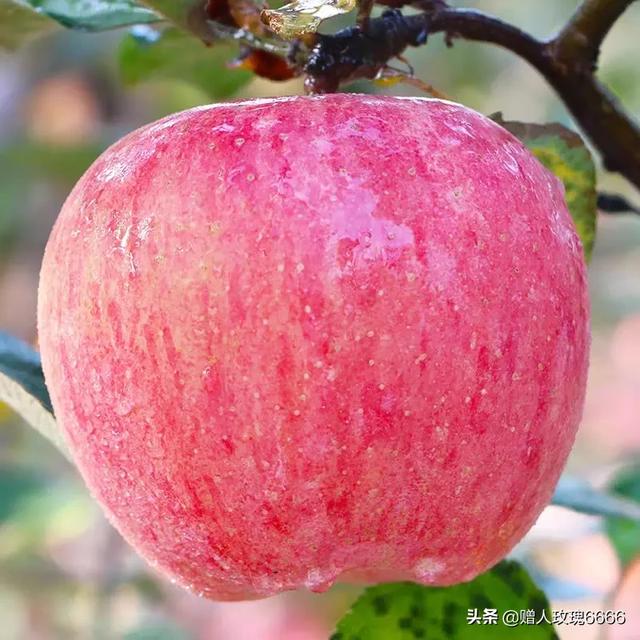
Summer is here and there is a wide variety of fruits, which fruits can diabetic friends eat?
In view of our country's vast territory, a variety of fruits, the south and north of the fruit varieties, different characteristics, different living habits around the world, the choice of fruits is naturally different, but in general, diabetic friends to choose fruits mainly depends on the sugar content of various fruits.
Sugar content of various fruits
The sugar content of various fruits is not the same, summer commonly eaten watermelon is very sweet, but its sugar content in 5%, the sugar content of 8-10% of the fruit for the peach, grapes, cherries, pears, cantaloupe, pineapple, etc., lychee, oranges, apples, apricots, the sugar content to be a little higher in 9-13%, the sugar content of the pomegranate, bananas, persimmons, cinnamon, and other fruits in the higher, in 14-20%.
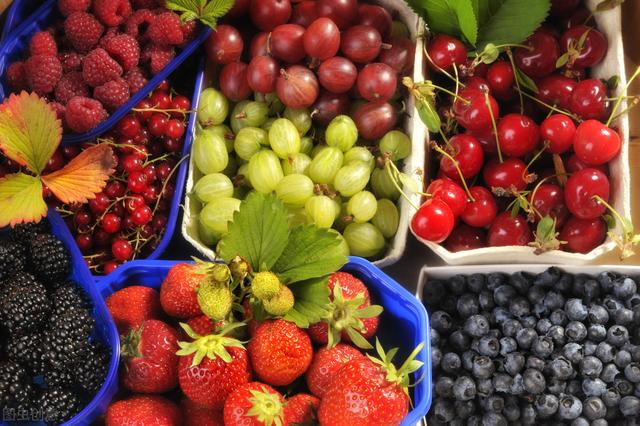
Cucumbers and tomatoes, which are often recommended to patients, are sometimes vegetables and sometimes fruits, and are used as fruit substitutes for those who have high blood sugar and want to eat some fruit.
As fruits that provide sugar and a lot of water are concerned, diabetics with good blood sugar control can choose to eat some fruits. Even with high blood sugar, it is still possible to eat a little fruit.
Do's and don'ts when eating fruit:
Be careful how much you eat.
To choose a smaller portion, such as cherries, lychee and other fruits, eat a few to taste the flavor, both over the addiction to eating fruit, blood sugar rise is not obvious.
If you choose large fruits, one person can't eat them and feel wasted, and eating all of them with elevated blood sugar will obviously be even more of a waste.
When do you eat fruit?
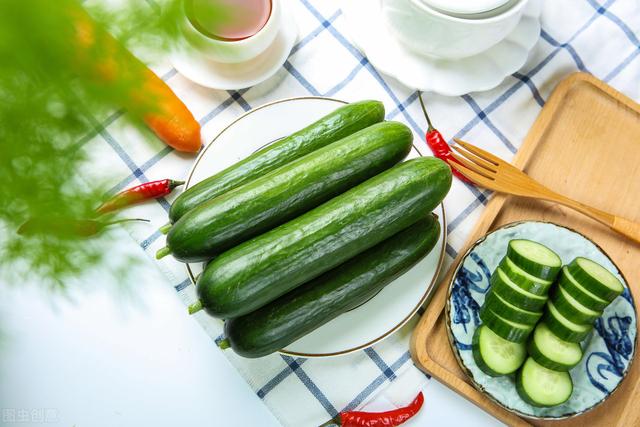
It is usually recommended to eat some fruit between meals as an extra meal, but it is also possible to eat fruit at meal times, keeping the total calorie intake constant throughout the day, and when you eat fruit, you have to reduce a certain amount of the main course because the energy provided by fruit is the energy provided by carbohydrates.
The same fruit may not be the same sweetness
When eating fruit at home, it is not possible to measure the sweetness, but the general sugar content is based on the above. Eat also rely on taste, of course, is the taste of sweet, sugar content is higher, this is for the same kind of fruit. Different fruits are also related to the type of sugar it contains, acidity, such as sucrose or fructose, fructose is usually sweeter.
Fruits don't just contain sugar.
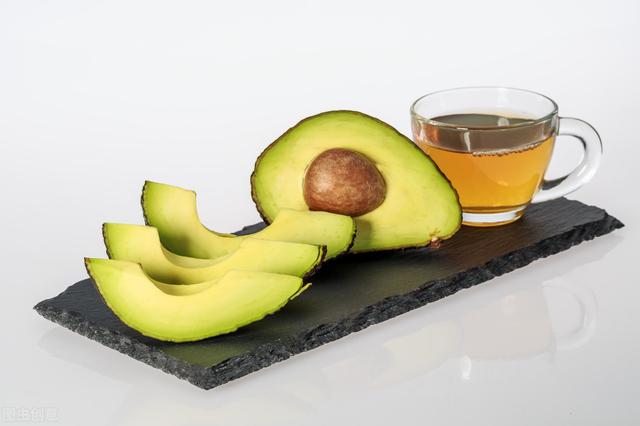
Most fruits contain more water, but certain fruits, such as bananas, contain higher amounts of carbohydrates, such as bananas have about the same amount of calories as potatoes. Avocado, on the other hand, contains a major component of fat, so be careful to differentiate between them and eat it to reduce the amount of oil in your diet. Can't imagine, can you?
It's a good idea to test your blood sugar after eating fruit
By taking a blood sugar test, you will be able to understand how this fruit affects your blood sugar and inform your next fruit consumption.
I am Dr. Sun, pay attention to Dr. Sun talk about sugar, continue to learn more quality health knowledge, attention to the message must be replied!
You can eat all kinds of fruits, the key is the amount. Preferably fruits with a low raw glycemic index.
You can eat any kind of fruit, make sure to eat it sparingly and in controlled amounts!
What fruits can I eat with diabetes?
In principle, there is no absolute contraindication of fruits for diabetic patients, but fruits with high sugar content are not recommended to eat, and you can eat a small amount of fruits with low sugar content and slow rate of glycemic rise, such as green plums, watermelon, melon, strawberries and so on.
Diabetic patients should not eat fruits arbitrarily, they can eat some fruits in small quantities under the condition of good blood glucose control, doctor's guidance, and control of total daily dietary calories. In principle, there is no which kind of fruit is the best or forbidden to eat. Choosing fruits with low sugar content and slow rate of glycemic rise is more conducive to keeping blood sugar stable and therefore relatively better. Fruits with low sugar content can be eaten in small amounts, such as prunes, watermelon, melon, strawberries, oranges, grapes, lemons, peaches, plums, apricots, loquats, pineapples, coconuts, cherries, olives, etc.; while bananas, grapefruit, pomegranates, lychees, apples, pears, mangos and other fruits have a slightly higher sugar content, and should be consumed with caution; jujubes (especially dry jujubes, honey jujubes), dried fruits (persimmon cakes, raisins, dried apricots, cinnamon, etc.) have a higher sugar content, and are not recommended. Dates (especially dried dates, honey dates, dried fruits (persimmons, raisins, dried apricots, cinnamon, etc.) contain more sugar and are not recommended.
It should be noted that if the patient's blood sugar control is not good, it is not recommended to eat fruit; fruit should not be eaten immediately before and after meals, it is best to eat a small amount of food between meals; the sweetness of taste does not correspond to the amount of sugar, can not be based on taste to judge the amount of food; cucumber, tomatoes and other low sugar content, you can consume a moderate amount of alternative fruits.
This content was reviewed by Dr. Jinxiao Wu, Deputy Chief Physician, Department of Endocrinology, Army General Hospital of the People's Liberation Army, China.
Click here for details of the doctor's answer
The range of fruits for diabetes is actually very wide, and it can be said that any fruit can be eaten, just the amount you eat will be a little different. The main reason why diabetics should be aware that some things should not be eaten is because some things have a high glycemic index, which can affect blood sugar control if eaten. But for diabetic patients, the diet should not only pay attention to the glycemic index, there is a data need to pay attention to is the glycemic load, that is to say, is not a high glycemic index of food can not be eaten, just to see how to eat? With what to eat together.
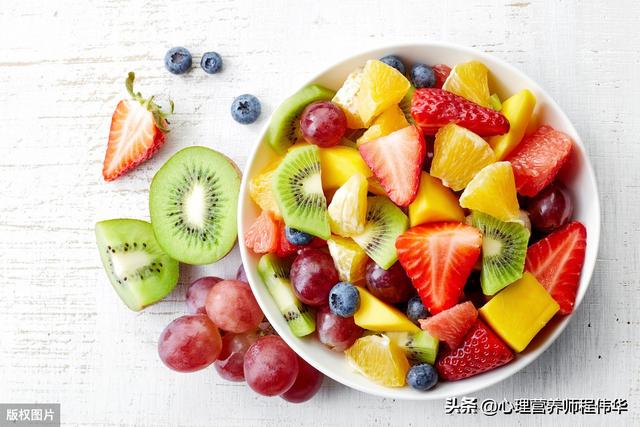
General diabetic patients can choose to eat the fruit: apple, pear, grapefruit, peach, plum, cherry, mandarin and so on. But for bananas, kiwi, pineapple, mango, bananas, watermelon and other foods, you have to stay away, but in fact, as long as you can be within a reasonable range of these fruits can also be eaten, that is, with reference to the glycemic load of the finger, glycemic load is a bit complicated to calculate, you need to check some of the data, the following chart is already calculated, the amount of fruits that can be eaten by the high-glycemic index as a reference, however:
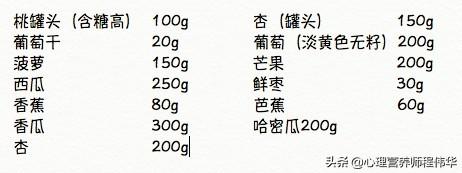
These high glycemic index fruits, the first do not eat on an empty stomach, the second part of the big mouth to eat, the third do not eat alone. Specific eating method is also delicate, the first cut into small pieces of the size of the first joint of the thumb to eat, the second small bites of slow food. Thirdly, pay attention to eat with other foods, such as milk, nuts, more balanced blood sugar after meals. Fourth, do not eat after meals, it is best to put between meals as a meal to eat.
Hi, I'm glad I can answer your question.
People like to eat water-rich fruits in summer, but many diabetics are afraid of eating fruits.
Because fruits are high in sugar, they can have a more significant impact on blood sugar.
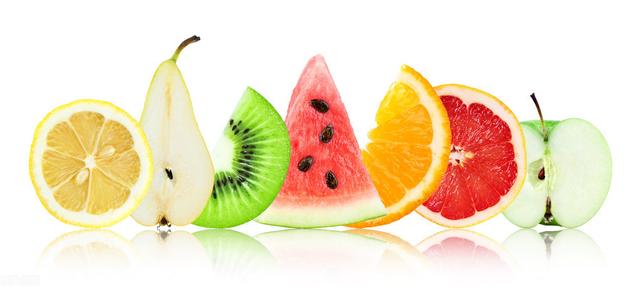
In fact, eating fruits appropriately is not very harmful to blood sugar and does not aggravate diabetes.
Instead, it's better for controlling blood sugar!
But then, it is important to choose the right kind of fruits and not all of them can be eaten.
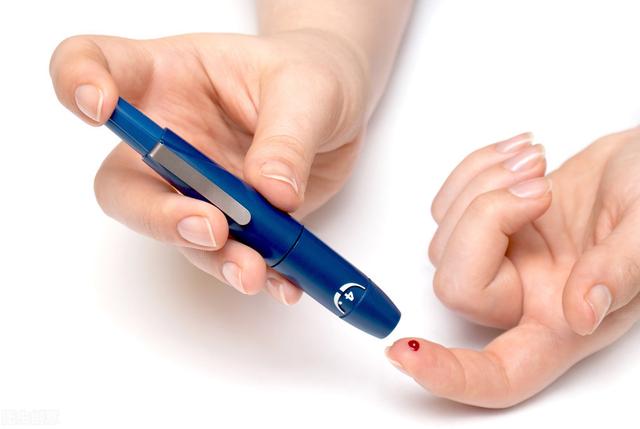
It is recommended that diabetics can choose some low sugar fruits.
Eating fruits appropriately in the morning and afternoon with additional meals will smooth out your blood sugar throughout the day without excessive fluctuations.
This is better for blood sugar control.
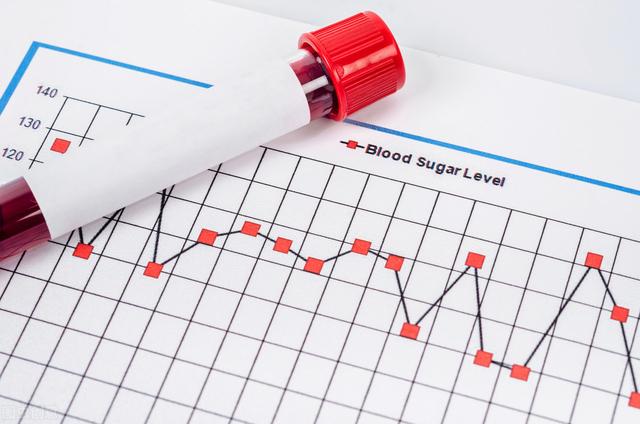
So what are all the low sugar fruits?
Strawberries, lemons, blueberries, small amounts of watermelon, cantaloupe, peaches, grapefruit, oranges, and mulberries are not high in sugar.
It is recommended that diabetic patients can eat 100~200g at additional meal times, which can be eaten separately, 100g in the morning and 100g in the afternoon.
For watermelon, diabetes is OK, it is recommended that two palms so long can. If you eat too much watermelon, is not conducive to blood sugar control.
Since watermelon contains fructose, it will taste sweeter after chilling!
It can also be accompanied by 5-10g of nut foods at the same time, which is more helpful in stabilizing blood sugar.
These are the answers to that question, and I hope they can help you.

Diabetic patients can consume low sugar fruits such as: tomatoes, kiwi, passion fruit, figs, dragon fruit, apples and papaya. Usually take hypoglycemic drugs on time as prescribed by the doctor to control one's blood sugar. Do appropriate activities after meals every day, and prohibit the consumption of high-fat foods.
Fruits can actually be eaten, it's just a matter of getting that right.
A simpler method is the "palm method."
What is the palm method?
That is, the volume of fruit consumed daily by a diabetic is judged by the size of the fist you make in the palm of your hand.
You are relatively safe to eat this volume of fruit.
It would be safer for diabetics if it was divided into portions according to this volume and eaten at different times of the day
It's not too late to take your medication first to lower your sugar.
This question and answer are from the site users, does not represent the position of the site, such as infringement, please contact the administrator to delete.